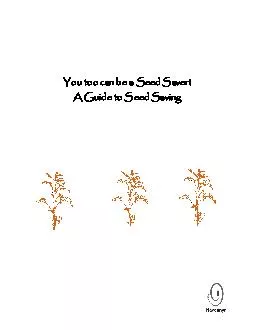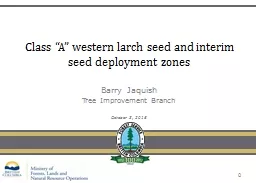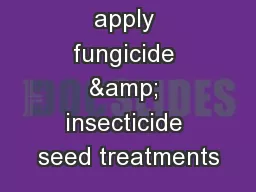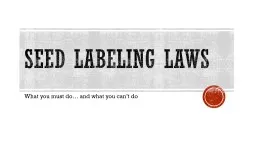PDF-You too can be a Seed Saver!
Author : kittie-lecroy | Published Date : 2017-11-28
A Guide to Seed Saving Seed In traditional Indian agriculture the seed is the source of life It is both the source of grain and all future seeds The seed is a free
Presentation Embed Code
Download Presentation
Download Presentation The PPT/PDF document "You too can be a Seed Saver!" is the property of its rightful owner. Permission is granted to download and print the materials on this website for personal, non-commercial use only, and to display it on your personal computer provided you do not modify the materials and that you retain all copyright notices contained in the materials. By downloading content from our website, you accept the terms of this agreement.
You too can be a Seed Saver!: Transcript
Download Rules Of Document
"You too can be a Seed Saver!"The content belongs to its owner. You may download and print it for personal use, without modification, and keep all copyright notices. By downloading, you agree to these terms.
Related Documents














